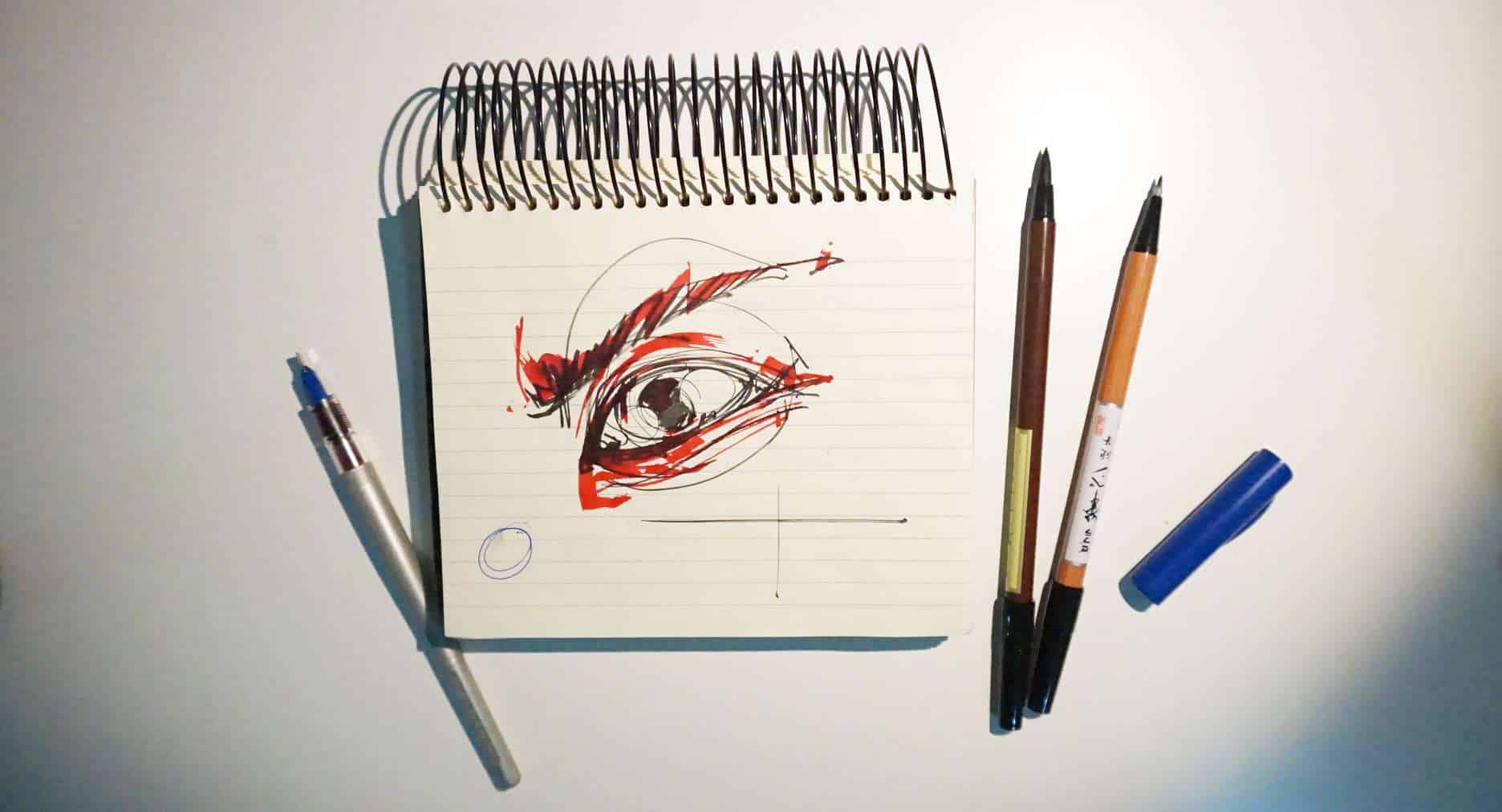
Discovering the Power of Volume with Simple Tools
Tonight, I found myself back at Tokyu Hands, hunting for the PILOT Parallel pen. But, as often happens, I came home with not just one, but two extra pens for Chinese calligraphy—small brushes with flexible nibs. I couldn’t resist the temptation!

Draw an eye
This little impulse is part of my ongoing challenge to improve my pen pressure sensitivity. Trying new tools pushes me to be more mindful about how I control my strokes and brings fresh energy to my sketches.
Why the Eye Is More Than Just a Flat Shape
When it comes to drawing eyes, many people tend to see them as flat surfaces. But here’s the secret: an eye is basically a sphere. About 90% of the eyeball is hidden beneath eyelids, yet that shape defines how light, shadows, and reflections behave.
Visualizing the eye as a three-dimensional sphere is essential. It anchors your sketch in reality and helps you capture the subtle volumes and curves that bring life and realism to your drawings.
Visualization: Drawing the Invisible to Make It Real
Even though I enjoy experimenting with various sketching styles—from loose and expressive to more technical—I always respect the fundamental principles. One foundational rule is to draw volume, not just shapes.
Imagine the invisible parts of the eye as you sketch. How does the spherical form influence the highlight? How does the eyelid wrap over the curved surface?
This mental image enhances your ability to craft sketches that feel solid and alive, not just outlines on paper.
Keep Challenging Your Fundamentals While Exploring Styles
Experimentation is important, but grounding yourself in classic design fundamentals elevates every style you try. Whether you are drawing eyes, cars, or product designs, mastering volume and form will always reflect in the quality of your sketches.
Final Thought: See Beyond the Surface for Stunning Sketches
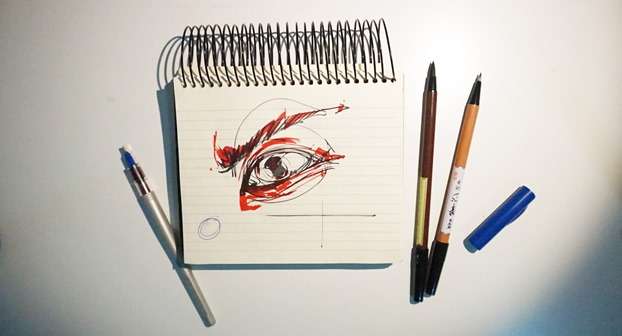
Even if I like to explore new sketching styles, I still follow the fundamental rules of sketching.
Next time you draw an eye—or any complex shape—remember: it’s not just a flat shape but a 3D form. Visualize its volume, draw what you see and what you know is there, even if hidden.
This simple shift in perception is a game-changer for making your sketches truly convincing and full of life.
Cheers,
Chou-Tac


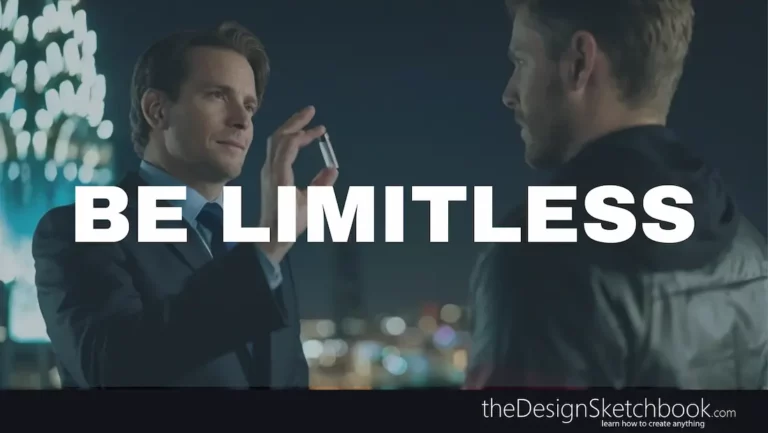



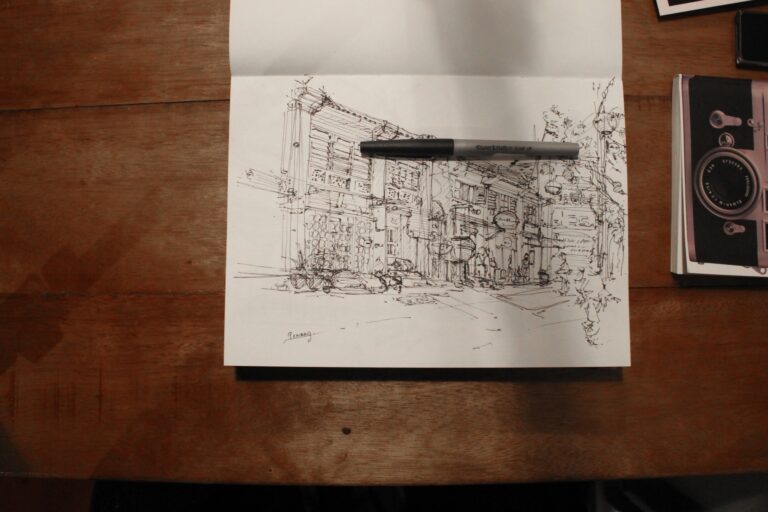
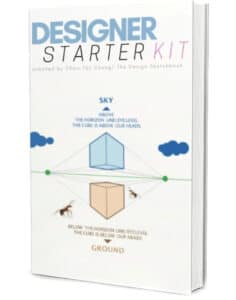

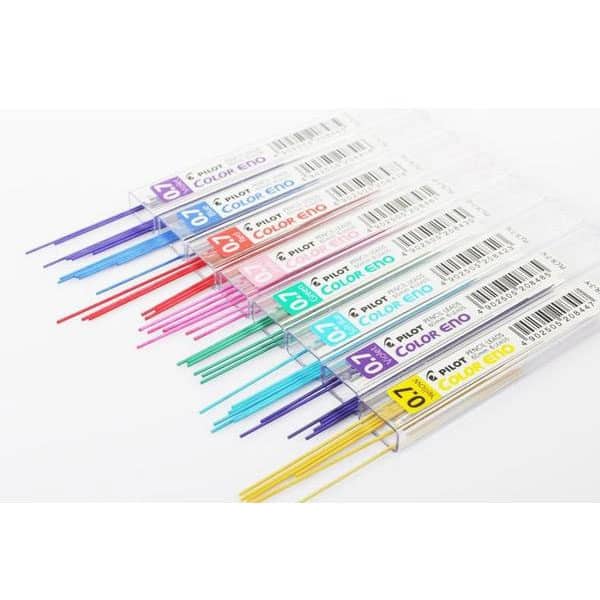
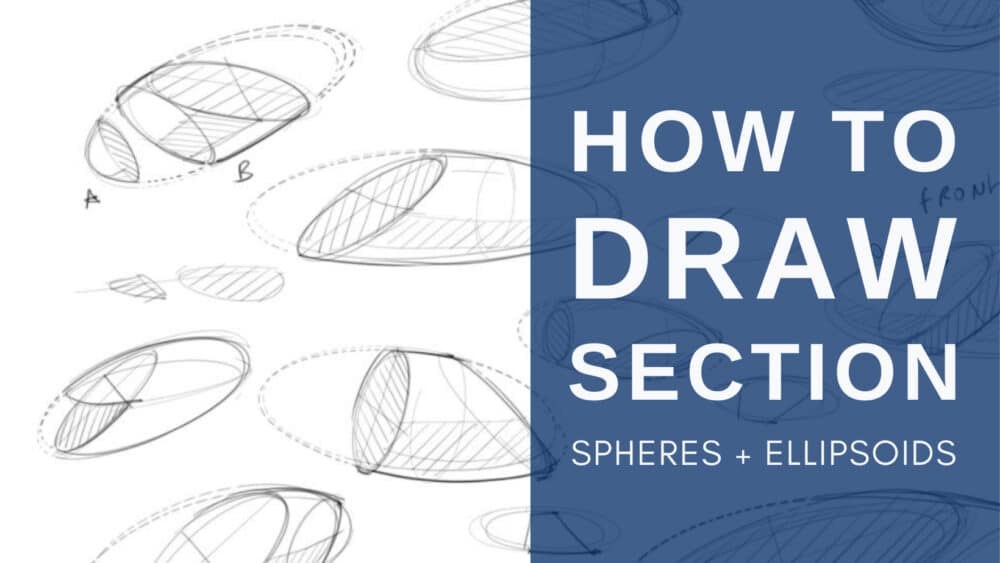



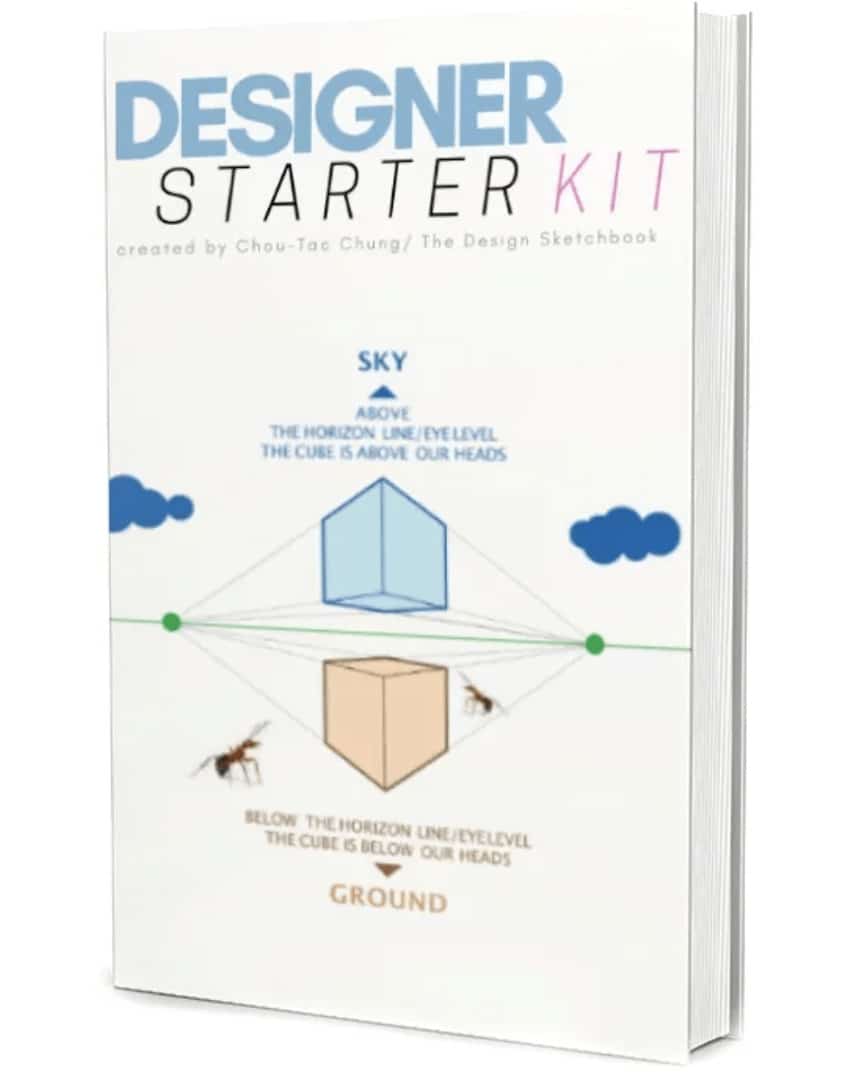


Add comment